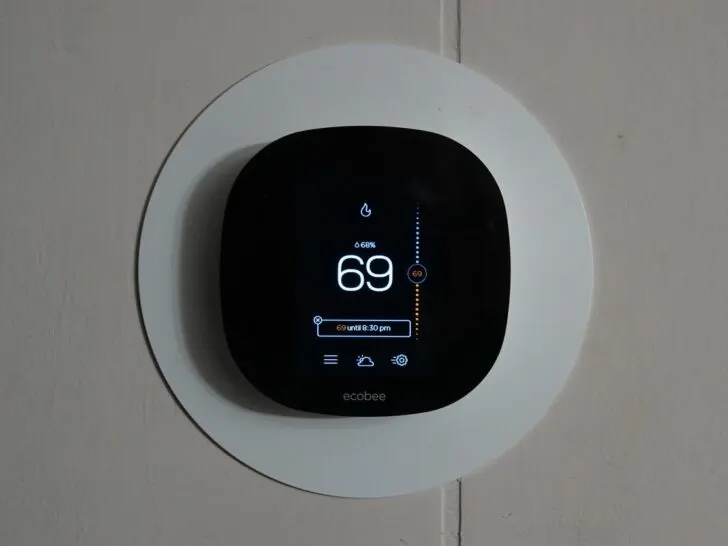Troubleshooting Excessive Auxiliary Heat in Your Ecobee Thermostat: A Comprehensive Guide
Introduction
Are you grappling with prolonged auxiliary heat operation on your Ecobee thermostat, leading to soaring energy bills? In this extensive guide, we will dissect the complexities behind this issue and present practical solutions, ensuring your home remains cozy while conserving energy.
Understanding Auxiliary Heat
Before we unravel the solutions, let's delve into the intricacies of auxiliary heat and its crucial role in your Ecobee thermostat.
What is Auxiliary Heat?
Auxiliary heat, or emergency heat, acts as a backup system when your primary heating source falters, ensuring warmth in extreme colds or system malfunctions.
Why is Auxiliary Heat Important?
While vital for maintaining comfort, excessive use of auxiliary heat escalates energy expenses and wears out your heating system prematurely.
Common Causes of Excessive Auxiliary Heat
Several factors can trigger prolonged auxiliary heat operation. Identifying these root causes is pivotal for effective resolution.
| Common Causes | Description |
|---|---|
| Incorrect Thermostat Settings | Misconfigured settings can trigger unnecessary auxiliary heat activation. |
| Inadequate Insulation | Poor insulation leads to heat loss, compelling auxiliary heat to compensate. |
| Thermostat Location | Incorrect placement, exposure to drafts or heat sources, can mislead temperature readings, activating auxiliary heat unnecessarily. |
| Dirty Air Filters | Clogged filters hamper airflow, making it harder for the system to function efficiently, leading to prolonged auxiliary heat use. |
Easy Fixes for Ecobee Auxiliary Heat Issues
Now, armed with knowledge, let's explore simple yet effective solutions to rectify these problems and optimize your Ecobee thermostat's performance.
1. Review and Adjust Thermostat Settings
- Heat Pump Balance: Ensure your Ecobee thermostat effectively balances primary heating and auxiliary heat usage.
- Temperature Differentials: Adjust settings to minimize auxiliary heat activation frequency.
2. Improve Insulation
- Add Insulation: Enhance insulation to curb heat loss and maintain stable indoor temperatures.
- Seal Gaps and Cracks: Identify and seal openings to prevent cold air intrusion.
3. Optimize Thermostat Placement
- Relocate the Thermostat: If poorly positioned, move it away from drafts and heat sources for accurate readings.
4. Regularly Replace Air Filters
- Change Air Filters: Regular replacements ensure optimal airflow, reducing strain on your HVAC system.
Pros and Cons of Addressing Auxiliary Heat Issues
Pros:
- Enhanced energy efficiency
- Reduced utility bills
- Prolonged HVAC system lifespan
- Elevated indoor comfort
Cons:
- Initial investment for insulation and potential thermostat relocation
- Regular maintenance required
Conclusion
Tackling excessive auxiliary heat in your Ecobee thermostat demands proactive measures. By adjusting settings, improving insulation, optimizing thermostat placement, and regular filter replacements, you can maintain a comfortable home environment while curbing energy consumption.
Remember, timely maintenance and addressing auxiliary heat issues promptly pave the way for long-term savings and enhanced living comfort.
Frequently Asked Questions (FAQs)
Q1: How can I tell if my auxiliary heat is running too long?
A1: Monitor your Ecobee thermostat's display for frequent auxiliary heat activity, especially during moderately cold weather.
Q2: Can I disable auxiliary heat on my Ecobee thermostat?
A2: Disabling it entirely isn't advisable. Instead, optimize its usage to reduce energy consumption, especially during extreme cold spells.
Q3: How often should I replace air filters in my HVAC system?
A3: Air filters should be replaced every 1-3 months, depending on usage and filter type, ensuring optimal airflow and system efficiency.
References
For additional information and support, consult your Ecobee thermostat's user manual or visit the official Ecobee website.

